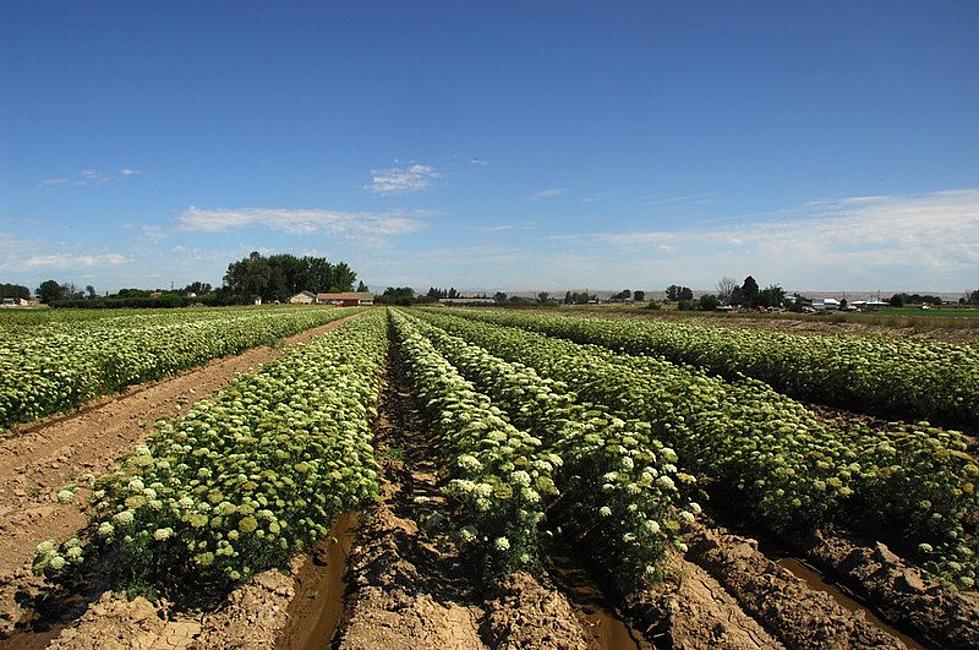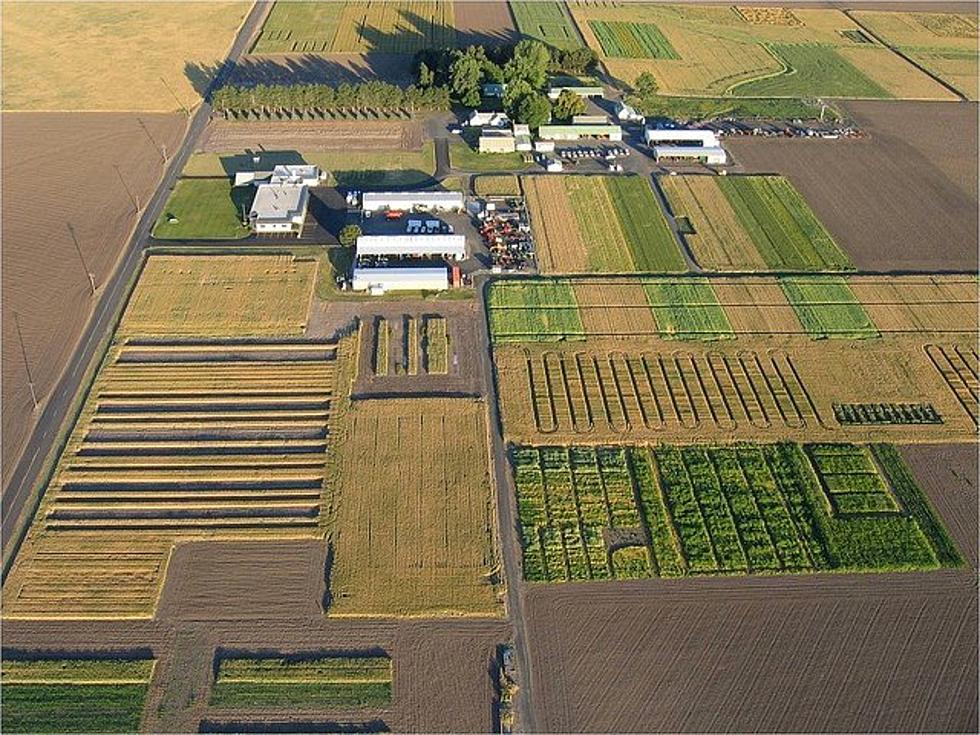
Schrier Pushes USDA To Help Washington’s Specialty Crop Industry
On Monday, Congresswoman Kim Schrier, spoke with USDA Under Secretary Greg Ibach, asking that the needs of Washington’s farmers and farm families be addressed during the Coronavirus Food Assistance Program. Following the call, Schrier sent a letter to USDA, asking the department to consider the unique needs of Northwest specialty crop growers.
“I appreciated the opportunity to discuss some of the concerns and personal stories I have heard throughout the state with Under Secretary Ibach,” said Rep. Schrier. “The stories I am hearing are heartbreaking. Many farmers and growers are already struggling to make ends meet, and returns are barely covering costs. Early April freezes, coupled with uncertain markets and increased costs associated with the COVID-19 pandemic are making matters worse. This funding needs to get to our farmers and growers as soon as possible. If they don’t get this help, we will lose our family farms, foundational to the economy and character of Washington State, and face future food insecurity as a nation.”
The $19 billion Coronavirus Food
Assistance Program (CFAP) includes:
- $16
billion in direct payments for farmers and growers;- $2.1 billion included designated for specialty crop producers
- The
Farm to Food Bank program: $3 billion in purchases of agriculture
products, including meat, dairy, and produce to support producers and
provide food to those in need. USDA will work with local food and regional
distributors to deliver food to food banks;
Schrier is asking farmers or growers impacted by COVID-19, to contact her office at (425) 657-1001. The USDA will finalize rules after a comment period, so she is encouraging producers to have their voices heard. As further guidance on the program becomes available, she noted, “we will be conducting outreach to ensure Washingtonians are able to utilize this program. As this program is finalized, we will work to ensure the needs of Washington farmers and specialty crop growers are heard in Washington D.C.”
Here is the letter Schrier wrote to Under Secretary Ibach:
Dear Under Secretary Ibach:
Thank you very much for taking the time to
speak with me today about the USDA’s efforts during the COVID-19 pandemic. As
the only Member of Congress on the House Committee on Agriculture for all of
Washington, Oregon, and Idaho, I take my role as advocate for our region’s
farmers and farm families very seriously.
Agriculture is one of the main drivers of our
state’s economy. Washington is the second most agriculturally diverse state in
the nation, growing everything from potatoes to peppermint, apples to azaleas,
and wine grapes to wheat. I wanted to include a few personal stories and
industry-specific concerns I have heard throughout the region that illustrate
how our growers are uniquely impacted.
I look forward to continuing to partner with
your office as you implement the Coronavirus Food Assistance Program (CFAP) and
the Farmers to Families Food Box program.
From a winegrower in my district:
“Peak sales for wine
to the consumer is going to be in November and December. However, wine is
sold all year long and special occasions were lost...It’s just difficult to
quantify back to the grower, since they sell to manufacturers (wineries) and
not the general public. One
of the greatest challenges winegrapes has with USDA specialty crop programs are
winegrapes are not sold direct to consumers; they are sold to wineries, and
there is no other purpose for winegrapes other than wine. Unfortunately, many
of USDA’s specialty crop programs don’t consider this unique situation. Thus,
the wine industry doesn’t fit under many of the guidelines for availing of
program support.”
From tree fruit growers:
“Cherries
must be sold immediately after being picked, or the fruit will rot. If COVID-19
continues further into 2020, all of agriculture will be greatly impacted.
Washington farmers are dealing with freezes which occurred in early April, when
buds and blossoms were at their most vulnerable. Current estimates of loss have
been predicted between 70-80%. What is left over after the warehouse takes
their cut is the 65-70% that must cover our costs and which continue to
increase each and every year.”
“$1.00 per pound for cherries has been a "good return" over the year. And by years, I mean the 20 years we have been in business. We receive, depending on climate, market, etc..., sometimes only $0.30 cents per pound. Small family orchardists just can't make it because our return barely covers our costs. … I hope you can work on a solution under CFAP to keep the small farmer alive through the crisis.”
“We
estimate that Washington and Oregon have removed somewhere between 1,000 to
1,500 acres this year. Acreage is coming out by the hundreds and more growers
plan to pull more acres in the fall. COVID-19 impacts are directly impacting
the growing of the 2020 crop and we anticipate that it will also affect the
sales of the 2020 crop. While direct payments to growers are the number one priority,
alternative sources of funding for the industry are critical – research, rural
development, marketing.”
From our state potato industry:
“Though
food banks and other needy recipients should be the first priority, the
oversupply of potatoes is larger than the overall capacity of food
banks. To eliminate a billion pounds of potatoes, everybody that went to a
food bank would have to take 600 pounds of potatoes for every man, woman, and
child that goes to a food bank between now and July 4th.”
From our state dairy industry:
“In
2019, 322 licensed dairies operated in Washington representing a 12% decrease
from the 367 dairies in operation in 2015. With restaurants and schools closed,
our dairy industry has temporarily lost many of its customers. Our dairy farmers
need meaningful support in comparison to the losses they face. International markets (particularly China,
Canada, and Mexico) are critical to Washington State dairy farmers. Our farmers
have seen a third of the price drop suddenly and are back to prices seen in the
1970s.”
“If
payments are based on months earlier this year, their losses will be understated by a
significant amount; because of how federal milk pricing is determined, where
previous months’ product prices essentially determine current and future
months’ payouts, it is critically important to target the month that provides
an appropriate representation of real-time industry losses and tie direct
payments off of those milk prices.”
These are just some of the stories that raise
serious concerns that $2.1B will not suffice for our specialty crop growers,
that caps for specialty crops are far too low given the value of specialty
crops, that the methods for measuring loss may be flawed and deserving of
reconsideration, and that giving states more flexibility to make local food
purchases would help smaller farmers.
I sincerely appreciate your dedication and
attention to the critical issues facing our state’s 300+ specialty crop
producers.
Sincerely,
Kim Schrier, M.D.
Member of Congress
Washington’s 8th Congressional District
If you have a story idea for the Washington Ag Network, call (509) 547-1618, or e-mail gvaagen@cherrycreekradio.com
More From PNW Ag Network









